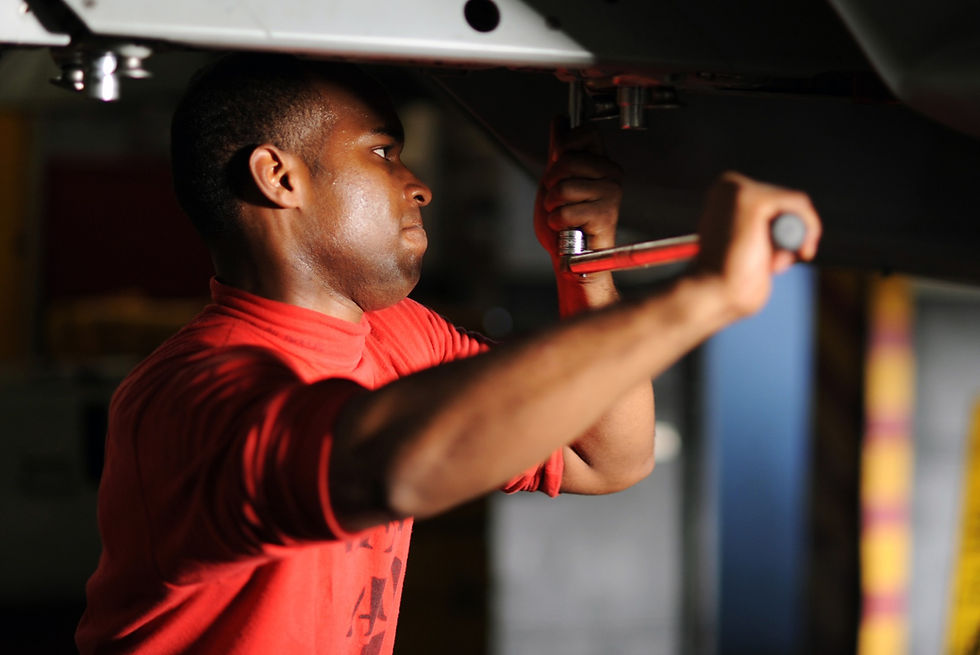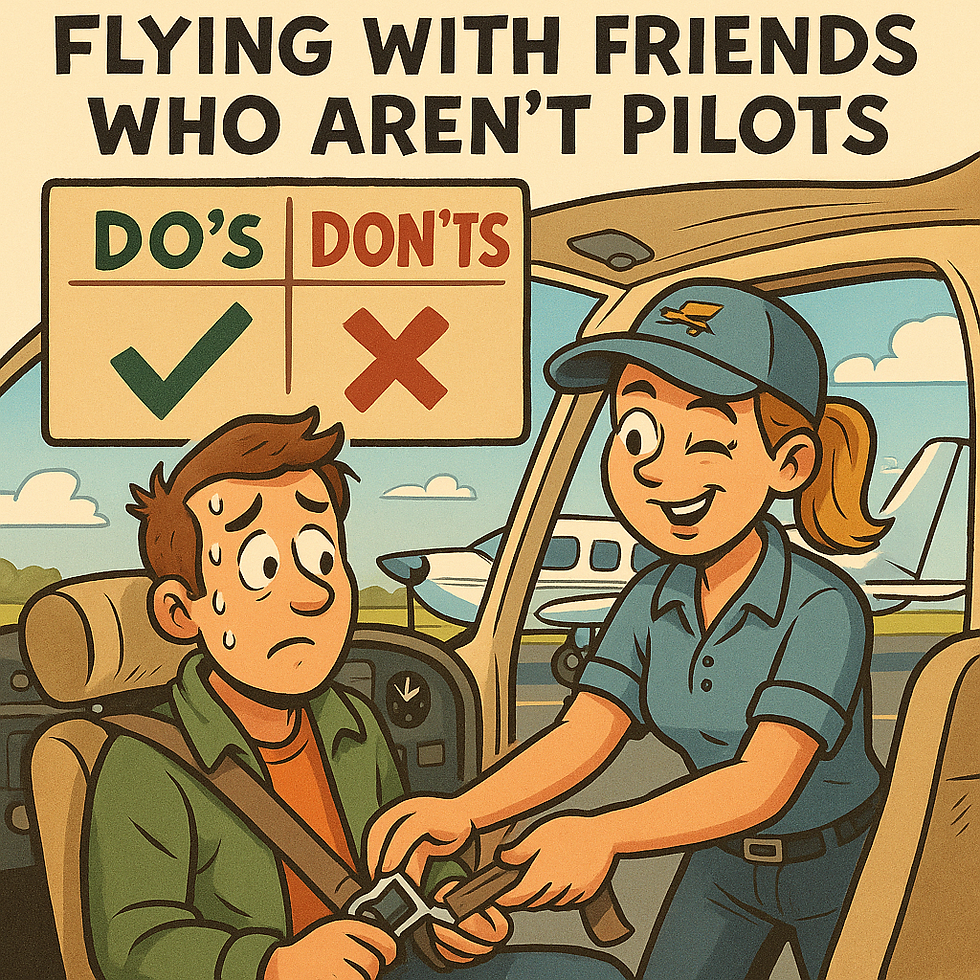Preventative Maintenance - Savings vs. Safety
- The Thrifty Pilot

- Aug 26, 2017
- 3 min read

Preventative maintenance for an aircraft can be a MAJOR cost associated with owning and operating an aircraft. For many new aircraft owners, maintenance can be at a little scary. The reasons can stem from regulations, selection of appropriate parts and lack of technical knowledge. However, if you are able to change the oil on your car you will most likely be able to do perform the maintenance items necessary to keep your bird in the air. By performing your own maintenance it will not only save you money, but give you a new sense of confidence in the airworthiness of your aircraft.
As the AOPA appropriately points out, FAR Part 43 specifies who may do what to an aircraft in the way of maintenance, repair or alteration. It requires that only properly certified mechanics work on aircraft and "okay" them for return to service. However, it does allow preventive maintenance to be performed by a certificated pilot, holding at least a Private certificate, on an aircraft owned or operated by that pilot, provided the aircraft is not used in commercial service
To simplify, there are bit over 30 items that a pilot can perform on their aircraft. These range from changing of oil to removal and replacement of certain fasteners. Apart from a few items on the list, most of these items focus on non-structural elements of the aircraft.
Work with a shop that will allow you to watch while the maintenance item is addressed first!
Don't just jump in and try to do something that you have never done before!
Know what you are and are not legally allowed to do
Maintenance items can have a way of increasing in scope. Make sure that if you find a secondary issue, that you are legally able to solve for it
If you have a question ask for help
Many times we are so driven by our ego that we don't ask for help when we need it the most. Being humble in aviation saves lives.
Price shop for supplies online, but make sure the parts are approved
This can get you in trouble quick. Make sure that if you have a certified aircraft that the part carries all of the appropriate certifications/approvals to be installed on your plane
If you have an experiential, make sure that you are buying smart by installing items made for aircraft. I have seen pilots put all types of items on their aircraft to save a little money and it turn out VERY bad.
Auction sites are great, but make sure you know what you are getting. Check with the buyer and your local shop to verify this item will be in compliance for your plane.
Document the maintenance item in your aircrafts log book
The AOPA has a great resource for this and gives wonderful examples on what to include for your entry
Know when to stop and have a certified mechanic take over
What I have learned from performing these maintenance items is that I have been able to gleam a greater appreciation for the aircraft. I have been able to squirm in almost all areas and see how the aircraft actually works. My hands have been in and through most of the connecting works of the plane and have driven me to have a better understanding of my aircraft. This has allowed me a renewed sense of confidence knowing that I have played a part in getting the plane back in the air. I know that if something wiggles, smells a certain way or performs wonky that I might now have an answer for it.
I strongly suggest working with a shop that will allow you to tag along and will show you how to perform these maintenance items when they arise. The value of those interactions will far exceed just the monetary savings.
Sources: https://www.aopa.org/training-and-safety/pic-archive/aircraft-ownership/preventive-maintenance
https://www.faa.gov/regulations_policies/faa_regulations/








Comments